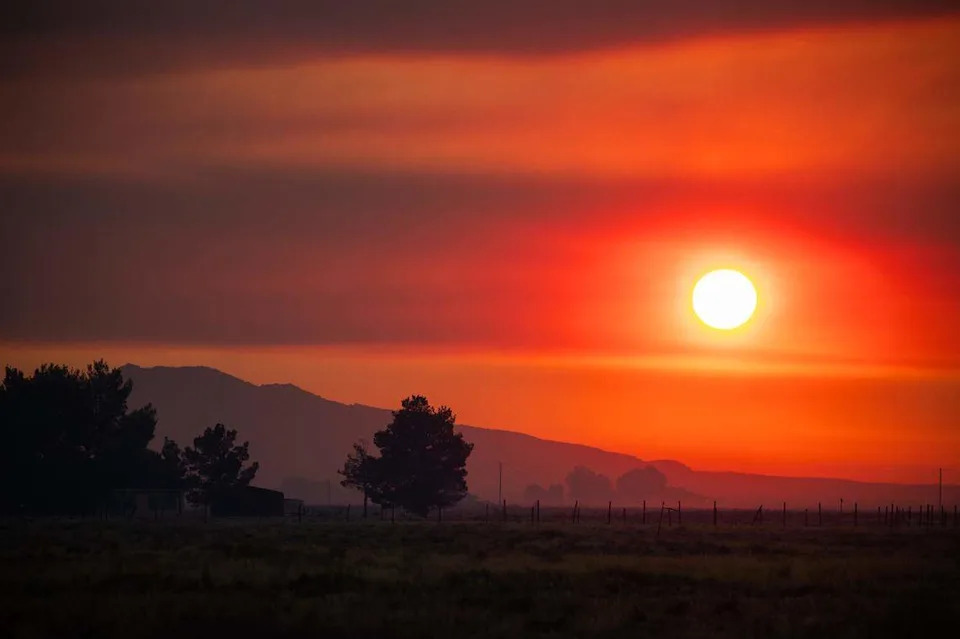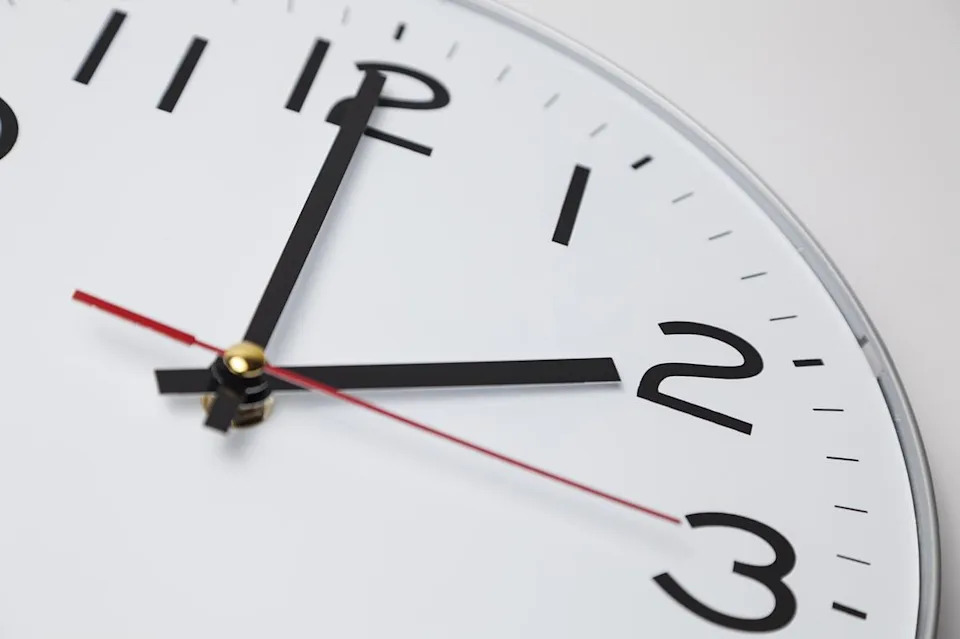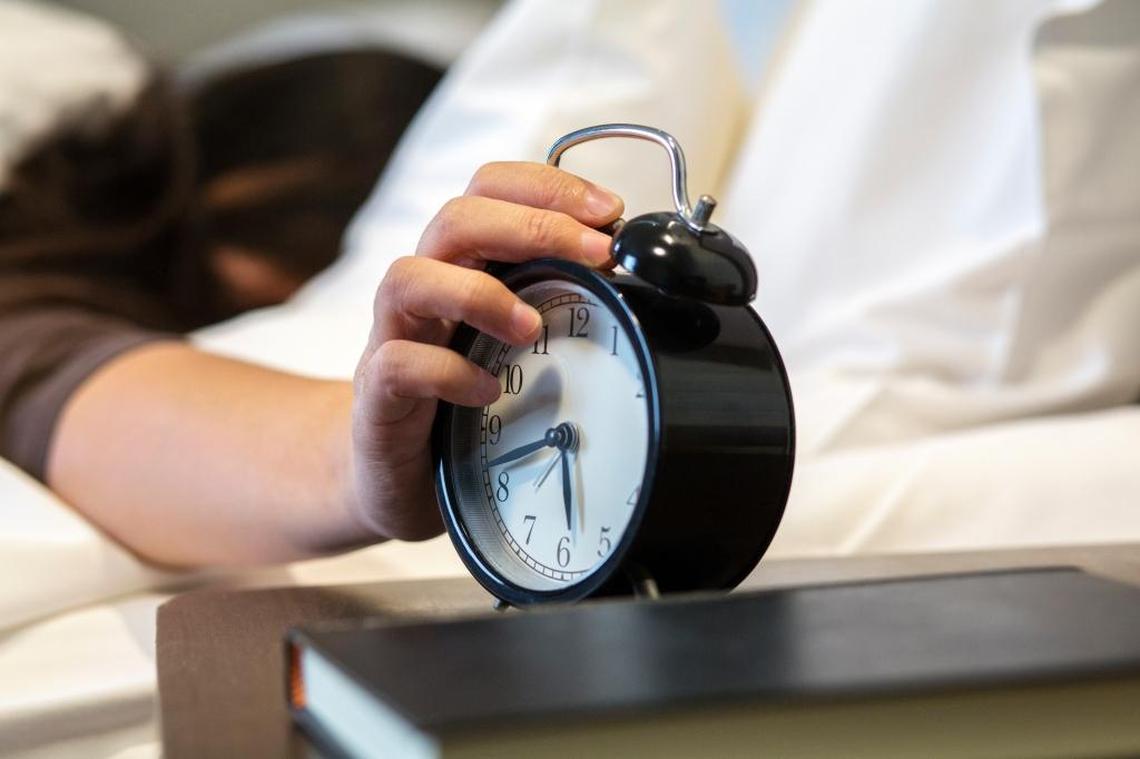Are you ready for a little extra sleep?
Californians will turn clocks back and gain an additional hour of rest when daylight saving time officially ends.
The trade-off is darker evenings in the fall and winter months ahead.
How soon do we officially “fall back”? And what’s the best way to survive the time change?
Here’s what you need to know:
When does daylight saving time end in 2025?
Daylight saving time ends across most of the United States on the first Sunday of November, according to Time and Date, an online world clock.
At 2 a.m. Sunday, Nov. 2, clocks in most of the country will move back by one hour, causing people to gain an hour of sleep that night.
Sunset will occur one hour earlier once the time shift takes place.
Californians will experience less daylight in the evenings and more light in the mornings.

Clocks are scheduled to “fall back” on Sunday, Nov. 2, 2025, as part of daylight saving time.
When will sun rise and set after time change?
After daylight saving time ends on Sunday, Nov. 2, sunrise will be at 6:34 a.m. and sunset will be at 5:04 p.m., according to Time and Date.
The shortest day of the year will be on Sunday, Dec. 21, the winter solstice.
That’s when the Northern Hemisphere is tilted away the sun, preventing the region from getting as much sunlight during the day, according to the Old Farmer’s Almanac.
The sun will rise at 7:20 a.m. and set at 4:48 p.m. on the winter solstice, according to Time and Date.
Here are the monthly sunrise and sunset times in California until June:
Nov. 2: 6:34 a.m. sunrise, 5:04 p.m. sunset
Dec. 2: 7:06 a.m. sunrise, 4.44 p.m. sunset
Jan 2: 7:23 a.m. sunrise, 4.56 p.m. sunset
Feb. 2: 7:10 a.m. sunrise, 5:29 p.m. sunset
March 2: 6:36 a.m. sunrise, 6 p.m. sunset
April 2: 6:48 a.m. sunrise, 7:30 p.m. sunset
May 2: 6:07 a.m. sunrise, 7:59 p.m. sunset

Smoke from the Gifford Fire turns the sky orange at sunset in a view from California Valley on Thursday, Aug. 7, 2025.
Why do we change clocks in fall and spring?
Daylight saving time — the practice of setting clocks ahead an hour in the spring and back an hour in the fall — was originally instituted to save money and energy. In 1895, New Zealand entomologist George Hudson proposed shifting the clocks to create more daylight for studying bugs, according to National Geographic.
For a brief period, clocks were moved forward as a global attempt to save energy during World War I, Johns Hopkins Bloomberg School of Public Health said.
Germany implemented daylight saving time in 1916 and the United States followed suit two years later, according to The University of Colorado, Boulder.
President Franklin Roosevelt revived the practice during World War II before the Uniform Time Act of 1966 established a biannual time change similar to what we use today.

Daylight saving time ends when clocks “fall back” on the first Sunday of November every year.
Which US states don’t observe daylight saving time?
Not everyone observes daylight saving time in the United States.
The Uniform Time Act allows states to choose whether to participate in daylight saving time or stay in standard time all year.
Currently, only Hawaii and most of Arizona observe permanent standard time.
Didn’t California vote against twice-a-year time shift?
California has made moves to abolish biannual clock changes.
The majority of Californians voted in 2018 to establish permanent, year-round standard time or permanent, year-round daylight saving time.
Proposition 7, also known as the Legislative Power to Change Daylight Saving Time Measure, received 59% of the vote in favor of the change.
Nearly seven years later, state lawmakers have yet to pass any legislation to shift California to permanent daylight saving or standard time.
The legislation would need a two-thirds vote in the California State Assembly and California State Senate, plus the governor’s signature.
Congressional action would also be required if the state wanted to make the change to daylight saving time all year long.

